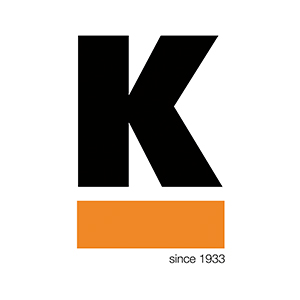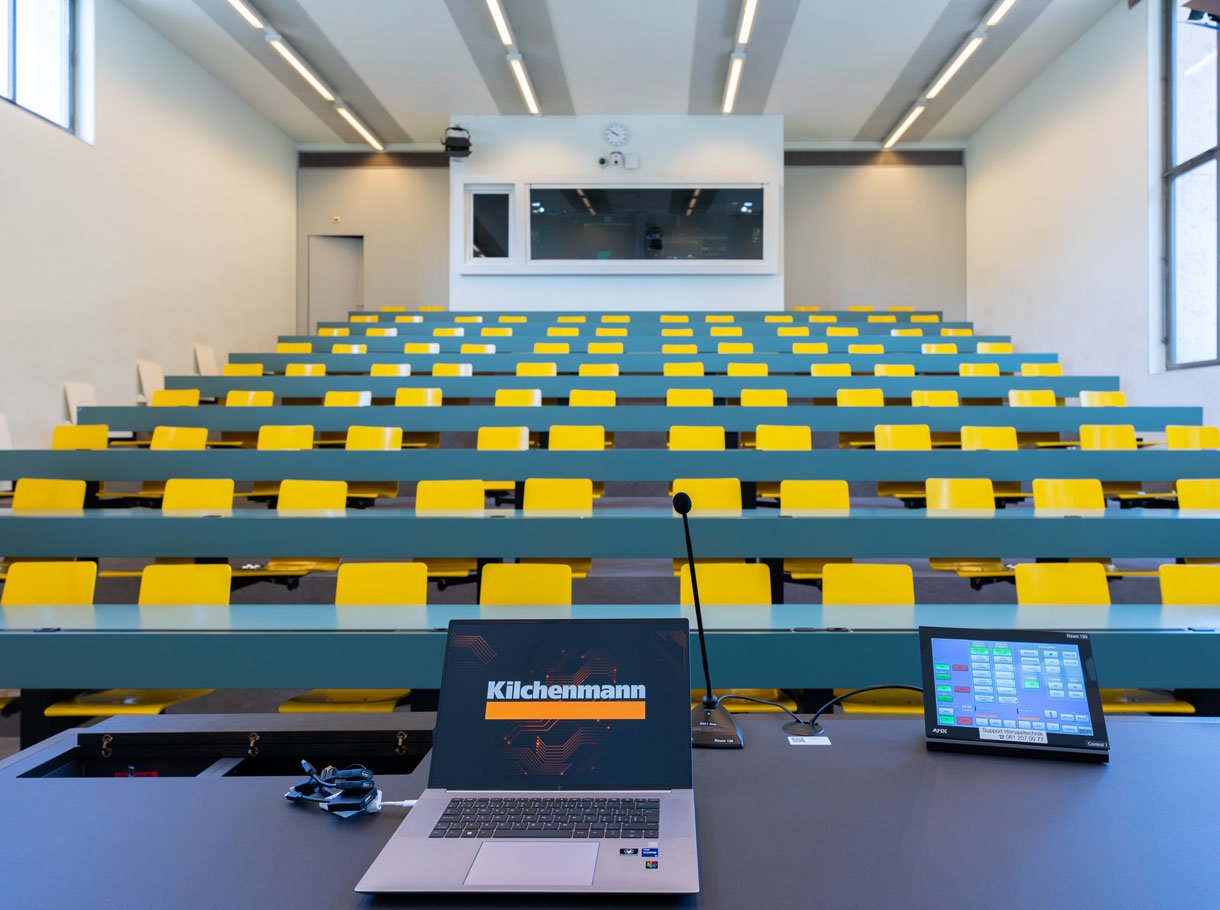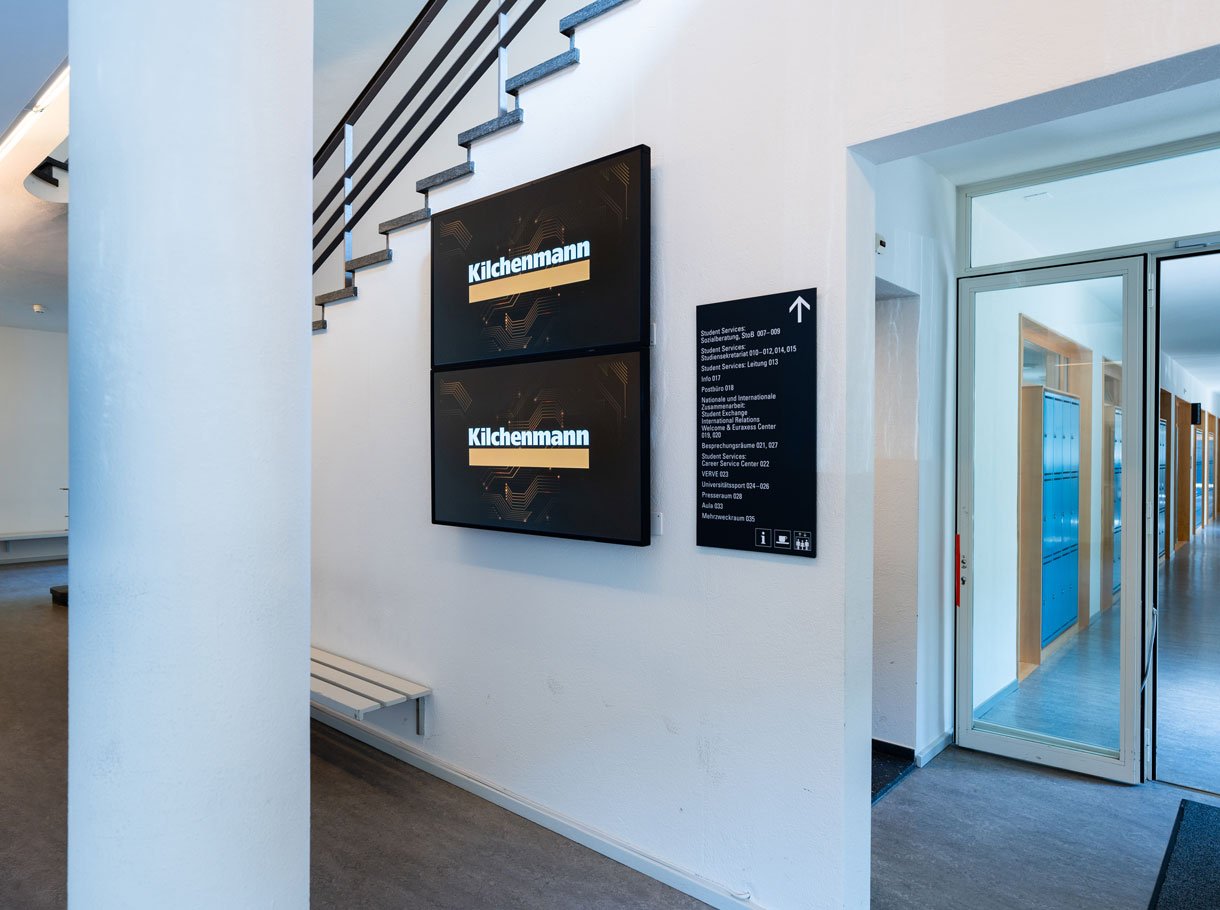
The University of Basel is a university with an international reputation for excellence in research and teaching. Founded in 1460, it is the oldest university in Switzerland and can look back on over 550 years of successful history.
Initial situation/requirements:
The audiovisual infrastructure in the listed Kollegienhaus, built in 1939, was renovated in three stages. The project was also the occasion for a spatial change that will enable more dynamic teaching and improve the learning environment on campus. Kilchenmann assumed responsibility for the entire media technology planning for this project and supported all stakeholders from the conceptual design and overall project management to the final handover to operations. Kilchenmann also provided the programming services (integration of AVoverIP with the room-to-room transmission and lecture recording applications into the university network). The AV renovation technology is a pilot project that will be incorporated into future construction projects.
Technical concept:
The nine lecture halls now have large-screen or double projections. All rooms have been equipped with new lecterns with visualizers, wireless presentation systems and various connections for lecture recordings and hybrid events, among other things. Media control, controllable line loudspeakers, fixed and wireless microphones were also installed. Audio and video transmission between the lecture theatres and into the auditorium is carried out simply using AVoverIP systems.
The four large lecture halls are also equipped with cameras, USB AV bridges and control rooms including audio and video mixers.
The operating concept, especially for the auditorium, must be easy to use for everyone, even without support assistance, but must also fulfill all possibilities for top-class, complex events that can be technically controlled by the auditorium support from the control booth. For this reason, the auditorium has two operating modes. If the "self-drive" operating mode is selected, the lecturer can control their event themselves via the media control system. In this mode, the control options are limited to the bare minimum. The second "Event mode" must be controlled by an event technician. In this mode, an audio, video and lighting mixer is available in the control room for operation.
The triple projection ensures an impressive visual presentation of content, which can be transmitted via HDMI or wireless presentation system. Furthermore - based on an innovative acoustic concept (resonance room architecture) - a precisely calculated sound system was implemented, which guarantees optimum sound quality. Thanks to the plastic-geometric development and further formulation of the room sculpture, the sound of the auditorium has gained in richness of facets, transparency, warmth, stability and load-bearing capacity.
The auditorium also has additional microphones and an interpreter's booth (with a connection for another mobile interpreting system). The custom-built lectern is equipped with a built-in rack, a visualizer and various connections.
Displays or projectors as well as wireless presentation systems and various connections for users were implemented in five meeting rooms.
The seminar rooms were equipped with displays, wireless presentation systems, visualizers (on media trolleys), button panels and various connections for the users. Cameras, loudspeakers and microphone soundbars were also installed so that three of the eight rooms can be used in hybrid mode. They are used by means of "bring your own device".
Two 98-inch displays were installed in each of the Regenz and faculty rooms. Both rooms have a 360° loudspeaker for optimum speech intelligibility. Wireless presentation systems, touch panels for control, visualizers and HDMI connections round off these installations.
The main foyer of the Kollegienhaus was equipped with projectors for digital signage. Digital signage displays were installed in the two side entrances. At the entrance doors to the classrooms, up-to-date digital occupancy displays replace the weekly timetables in paper form.



Leave a COMMENT